Unit I NUMBER SYSTEM AND BOOLEAN ALGEBRA
Number system and Codes: Decimal, Binary, Octal and Hexa
Decimal – conversion between the number systems – 1’s and 2’s
Complement – Binary addition and subtraction – Special Codes: BCD,
ASCII code, Gray code
Boolean Algebra: Basic Boolean laws – Demorgan’s Theorems – SOP
and POS representation– Karnaugh Map: Simplification of Boolean
expression using K-Map (up to 4 variables in SOP form)
Unit II LOGIC GATES & CIRCUIT REALIZATION
Logic Gates: Symbol, Logical Expression, and Truth Table for AND,
OR, NOT, NAND, NOR, Ex-OR and Ex-NOR gates – Universal Gates:
NAND and NOR.
Logic Circuit Realization: Realization of logic gates using Universal
gates – Implementation of Boolean expression using Logic Gates.
Unit III COMBINATIONAL LOGIC CIRCUITS
Arithmetic Circuits: Half Adder, Full Adder, Half Subtractor, Full
Subtractor: Operation, Truth table, Logical expression, and diagram.
Data Processing Circuits: Operation, Truth table, Logical expression,
and diagram of Encoder (4 to 2 and 8 to 3) – Decoder (2 to 4 and 3 to
8) – Multiplexer (4 to 1) -Demultiplexer (1 to 4) – Parity generator and
checker (3 bits)
Unit IV SEQUENTIAL LOGIC CIRCUITS
Flip Flops – Basic Latches using NAND and NOR gates –Triggering:
Types of Triggering (Definitions only) – Logic diagram, Truth table and
operation of Clocked SR Flip-Flop using NAND gates –Preset and Clear
(Need and Concept only) – Logic diagram, Truth table and Operation of
D, JK, T Flip-Flop and Master Slave Flip-Flop – Applications of Flip-Flops
Counters: Definition and types – Difference between Synchronous and
Asynchronous Counters – Logic diagram, truth table and operation of
4-bit Asynchronous and Synchronous Counters – Decade Counter –
Applications of Counter
Unit V SHIFT REGISTERS AND STORAGE DEVICES
Shift Registers: Definition – Logic diagram and Operation of Serial in
Serial out, Parallel in Serial Out, Serial in Parallel Out and Parallel in
Parallel Out – Applications of Registers
Memory: ROM – types of ROM (PROM, EPROM, EEPROM and Flash
(Simple description only) – RAM: Simple structure of SRAM and DRAMs
– Comparison between RAM and ROM – comparison between SRAM and
DRAM-Principles of Cache memory and associative memory (Basic
Concepts only)

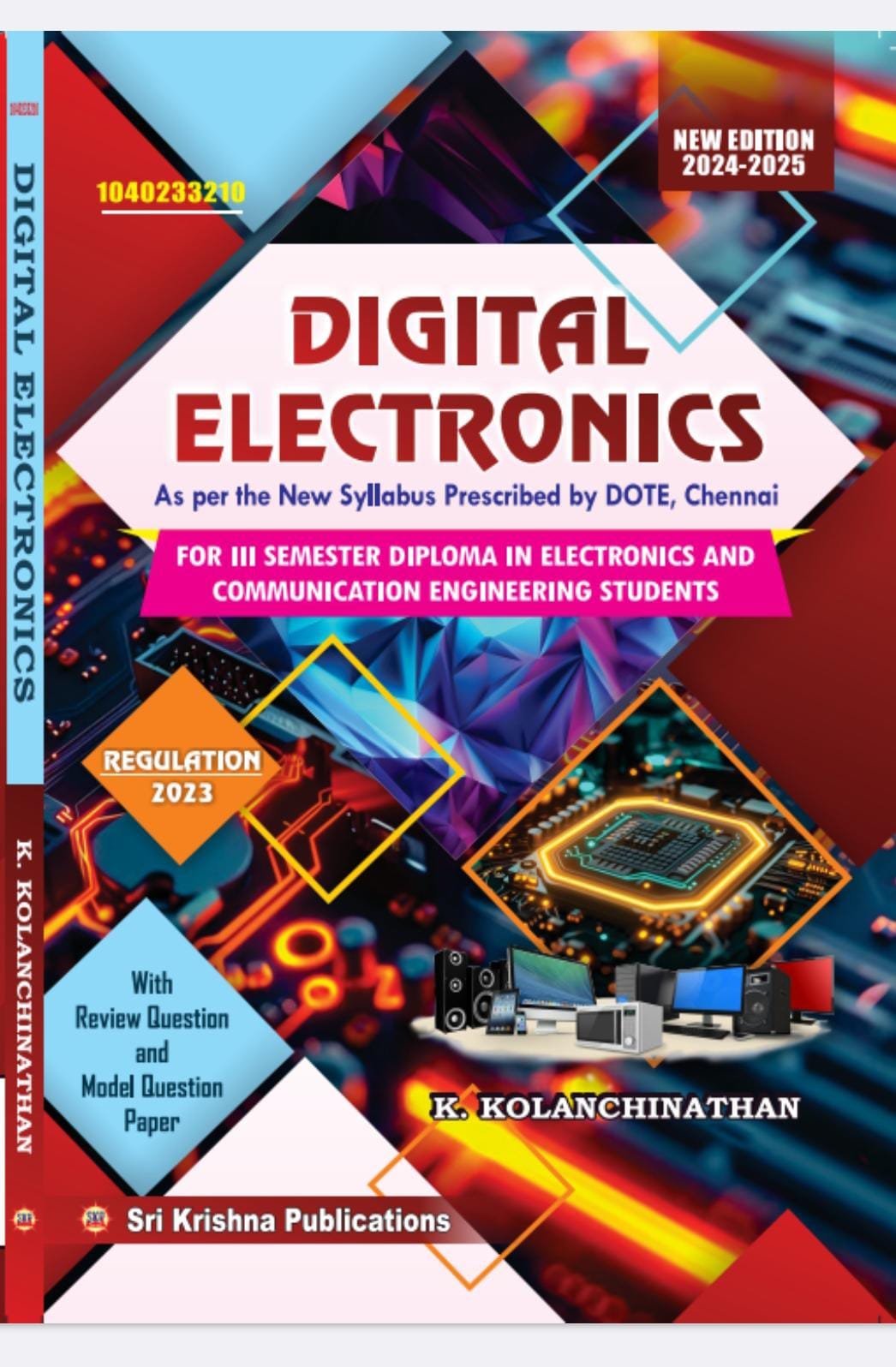







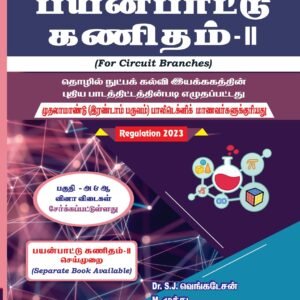
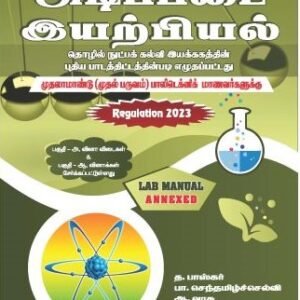





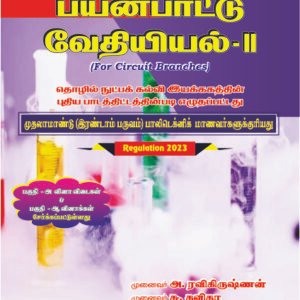
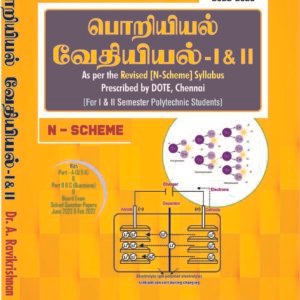

Reviews
There are no reviews yet.